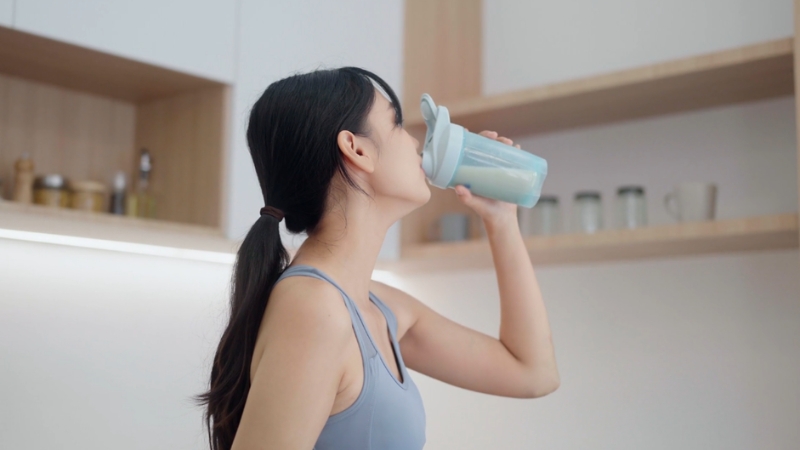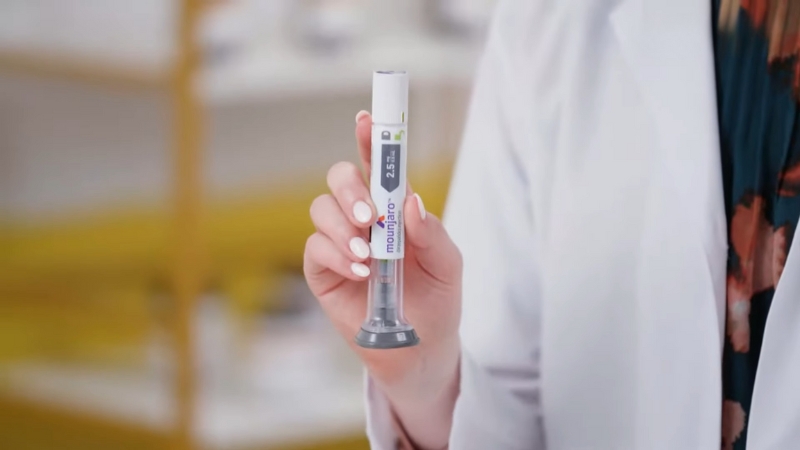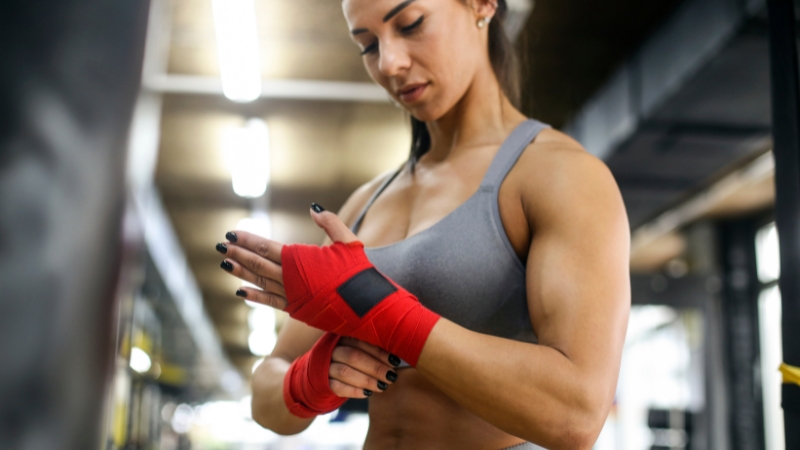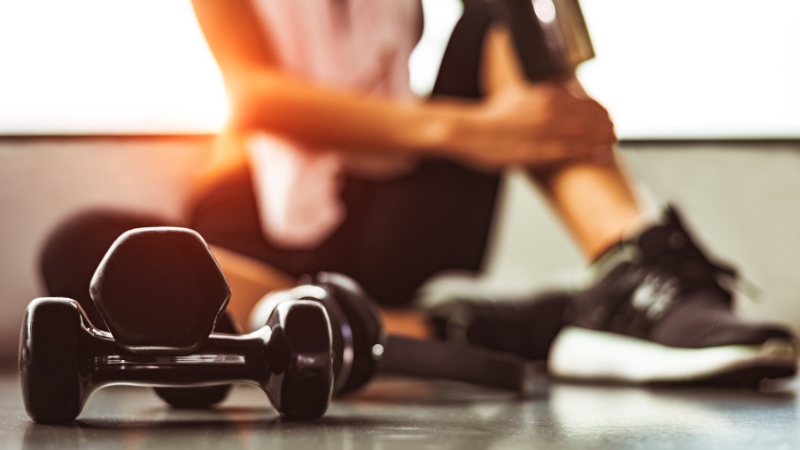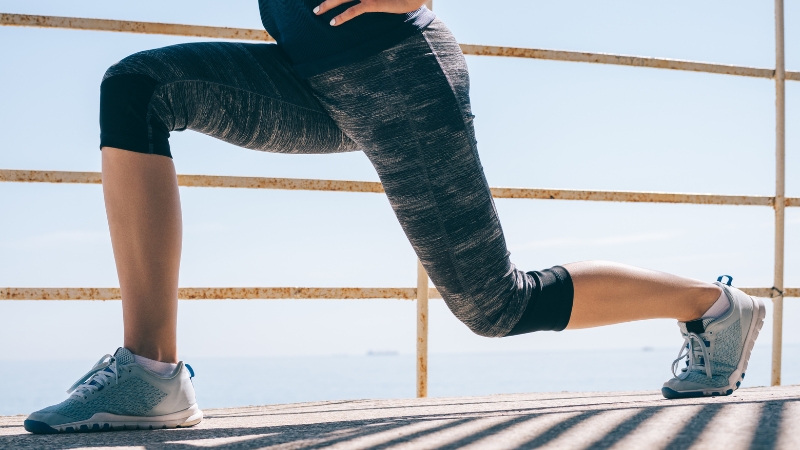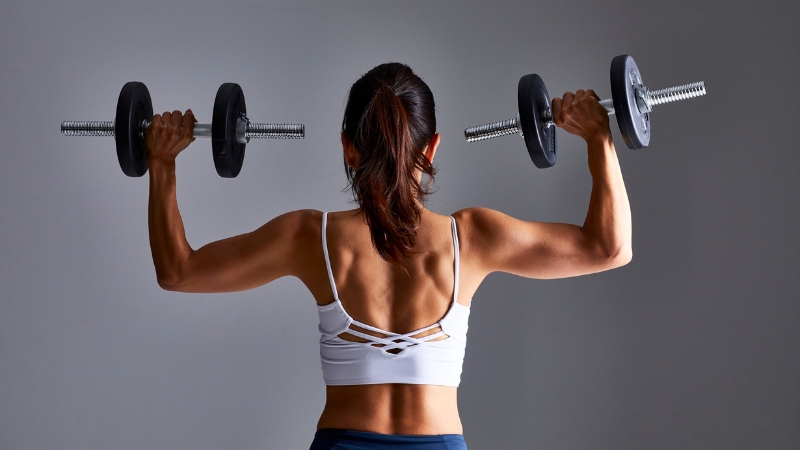
Share Post:
When your workout ends, your real recovery begins, not just for your muscles, but for your skin, mood, and overall sense of vitality. The most effective post-workout rituals go beyond protein shakes and cooldowns.
They help restore hydration, cleanse the skin, balance hormone levels, and reset your nervous system.
If you want your workouts to leave you feeling radiant instead of drained, you need a reliable set of habits that support both internal recovery and external freshness.
Table of Contents
Toggle1. Cleanse Your Face Immediately After Working Out

Sweat is a natural way for your body to regulate heat, but once you’re done, it becomes a breeding ground for bacteria, clogged pores, and breakouts, particularly if you’re prone to acne or sensitive skin.
The longer sweat stays on your skin, the more likely it is to lead to irritation. Washing your face with lukewarm water and a gentle, non-stripping cleanser helps remove not just sweat, but oil and grime that accumulate during exercise.
Choose a cleanser that doesn’t leave your skin feeling tight or dry. Avoid aggressive scrubs or strong foaming agents.
The goal here is to reset your skin’s pH without overcorrecting. If you’re working out outdoors or in a gym with poor air circulation, this step becomes even more important due to exposure to pollutants and dust.
2. Rehydrate From the Inside and Outside
The least you should drink is 1.5L/day. I should drink more bc of the exercise I do, but I already try to drink 1.5L everyday. It’s difficult for me to drink enough water, so I use a 500mL bottle and I tell myself that I have to drink 3 during the day. It helps me to quantify it! pic.twitter.com/8v2ufxLBgL
— 𝑺𝒊𝒏𝒂ᵉᵈᵗʷᵗ🪷 (@Gl0wF1t) May 25, 2025
Post-workout dehydration is real, even if you don’t feel thirsty. During exercise, your body loses water and essential minerals through sweat, which directly affects the elasticity of your skin and the function of your muscles.
You should drink at least 500–750 ml of water within the first 30 minutes after a workout, especially if the session was intense or lasted over an hour.
At the same time, your skin needs external hydration. That’s where the natural face moisturizer comes in.
After cleansing, applying a lightweight moisturizer made with natural oils or humectants like hyaluronic acid can prevent post-sweat dryness and calm any inflammation caused by heat and friction.
This is especially beneficial if you experience redness or flaking after workouts. A good moisturizer helps restore the skin barrier without clogging pores, an essential step if you’re training regularly.
3. Focus on Post-Workout Nutrition That Supports Skin and Hormone Health
Many people think only of protein post-workout, but what you eat after exercise also affects your hormones, skin clarity, and energy levels.
To support collagen production and reduce inflammation, your meal should include healthy fats, antioxidants, and complex carbs, along with high-quality protein.
Here’s a sample breakdown of a well-rounded post-workout meal:
Component
Example Foods
Function
Protein
Eggs, Greek yogurt, tempeh
Muscle repair and skin structure
Complex Carbs
Quinoa, oats, sweet potatoes
Glycogen restoration and cortisol reset
Healthy Fats
Avocado, olive oil, walnuts
Hormone balance and skin hydration
Antioxidants
Berries, leafy greens, citrus
Reduce oxidative stress from training
Hydration Boosters
Coconut water, cucumber, watermelon
Replenish electrolytes and water
This combination helps you glow from within by reducing stress hormones and supplying the building blocks for new, healthy skin cells.
4. Quick Shower, Then Gentle Exfoliation (Once or Twice a Week)
Sweating opens up your pores, which is why exfoliating after workouts, once or twice a week, can improve your skin’s texture and clarity. You don’t need to do this daily. Over-exfoliation can lead to more problems than it solves.
After your usual shower, apply a mild exfoliant (such as lactic acid or a very fine scrub) to help clear away sweat residues, sunscreen buildup, and dead skin cells. This is especially useful if you’re prone to breakouts along the back, shoulders, or hairline.
Do not use this step in combination with aggressive shaving or depilatory products, as your skin is more vulnerable post-workout. Keep it minimal and intentional.
5. Get Out of Your Workout Clothes Immediately

Staying in damp, tight clothing after your workout traps bacteria and sweat against your skin, which can lead to breakouts, rashes, and irritation, especially in high-friction zones like your inner thighs or underarms.
Always bring a change of breathable, clean clothes, especially if you’re not showering right away. Even if you’re just heading home, the sooner you swap out gym gear, the better your skin will feel and function.
For underwear and sports bras, use moisture-wicking materials that dry fast and reduce friction. Cotton, while breathable, tends to hold onto moisture, so opt for synthetics designed for post-exercise recovery wear.
6. Post-Workout Stretching Isn’t Just for Muscles
Stretching helps reduce inflammation and lactic acid buildup, but it also plays a quiet role in hormone regulation and stress recovery. Cortisol, the body’s main stress hormone, spikes during exercise.
Light stretching with deep breathing helps calm the nervous system and bring cortisol levels down, which in turn helps stabilize skin and sleep cycles.
Set aside five to ten minutes after your session to stretch intentionally. Focus on areas that tightened during your workout, hips, hamstrings, and shoulders, but also let your breath slow down. This is a nervous system reset, not just a flexibility boost.
7. Prioritize Sleep and Evening Wind-Down After Training Days

Even if you work out in the morning, your sleep that night is a huge part of how your body integrates and repairs. Growth hormone, which plays a key role in skin regeneration and muscle repair, is primarily released during deep sleep.
If you don’t sleep well after a workout, you may recover poorly, break out more often, and notice that your skin looks duller over time.
Create a wind-down routine that includes screen limits, magnesium-rich foods (like almonds or bananas), and cooler room temperatures. If possible, aim for 7–9 hours of consistent sleep, especially on heavy training days.
Final Thoughts
Your glow doesn’t come from sweat alone; it comes from how you treat your body afterward. Skincare, hydration, nutrition, and rest are non-negotiables if you want long-term results that go beyond fitness.
When you take those extra ten minutes to care for your skin, change into dry clothes, and fuel up with real food, you’re telling your body: this effort matters.
Related Posts:
- You're Not Lazy, You're Burned Out - Why Fitness…
- Does Throwing Up Make You Lose Weight or Just Cause Harm?
- Detoxifying Clay Mask Recipe - Your Path to a Healthier Glow
- High-End Indoor Exercise Options Beyond Just the Mat
- Does Protein Powder Expire or Just Lose Potency?
- Is Aromatherapy Just a Myth or Does Science Support It?


